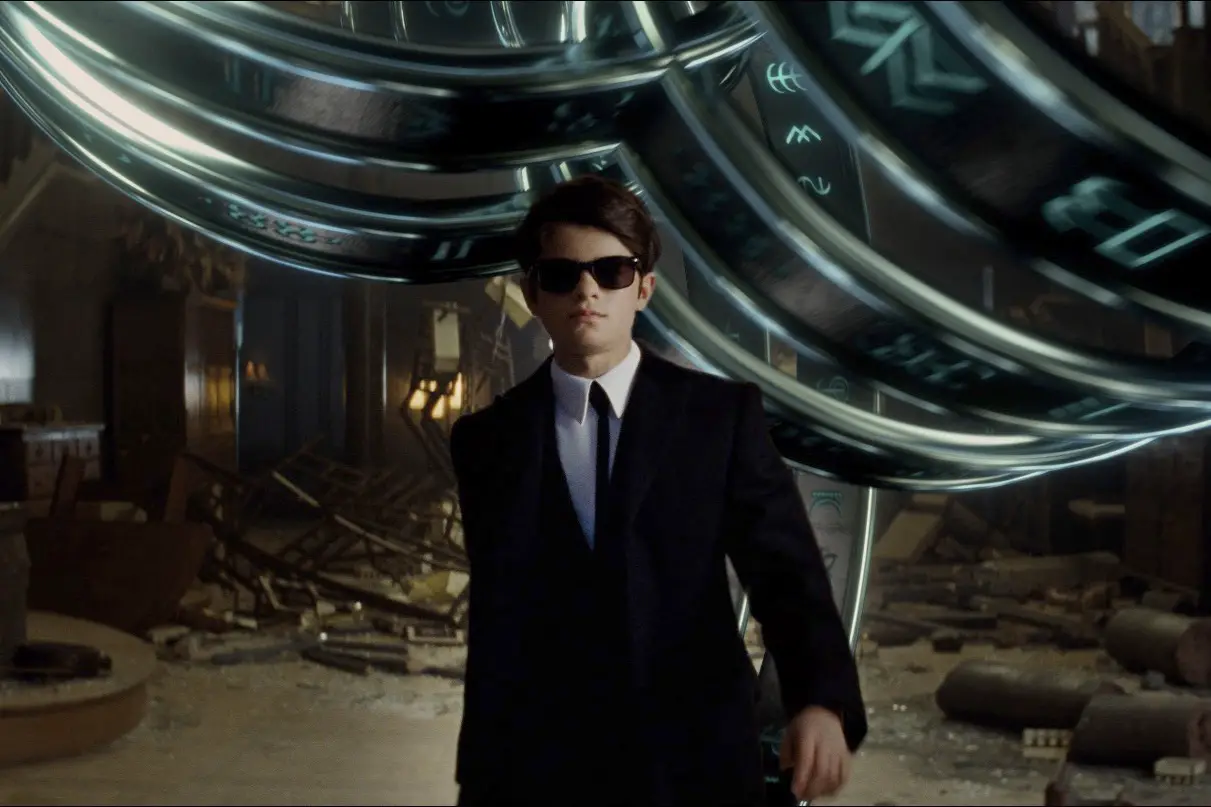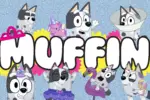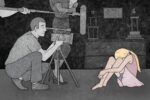Opening with a scenic shot of the expansive and solemn Irish seashore, the Disney+ exclusive film “Artemis Fowl” seems promising. After all, the book series by Eoin Colfer was a resounding success, with raving reviews and an enthusiastic international fan base. When Disney announced in 2016 that they were developing a film, many fans were excited, including me.
The eight-book series, which follows the adventures of teenage criminal mastermind Artemis Fowl II in the fairy world, was my absolute favorite throughout elementary and middle school. So when the film adaptation became available for streaming in June, I opened my laptop with anticipation.
The film is directed by Kenneth Branagh, whose resume includes “Thor,” the 2015 “Cinderella” live-action remake and “Murder on the Orient Express.” The budget for “Artemis Fowl” was $100 million, which is comparable to the $125 million budget for the first film in the beloved “Harry Potter” franchise.
Rising Irish actor Ferdia Shaw starred as Artemis Fowl Jr., alongside Lara McDonnell as Holly Short, Judi Dench as Commander Root, Colin Farrell as Artemis Fowl Sr. and Josh Gad as Mulch Diggums. The film also had the reputable Walt Disney Pictures behind it. In short, it had all the components of a good fantasy movie: an experienced director, an adequate budget, an exciting cast and a highly regarded production studio. So then, why does the “Artemis Fowl” film have a pathetic 9% approval rating on Rotten Tomatoes?
Unfortunately, it is all too common for movies based on books to fall flat and end up disappointing fans. The “Percy Jackson” film series, for example, is infamous for its tragic adaptation of the cherished books by author Rick Riordan.
However, there are exceptions — like the “Harry Potter” films and the movies based on John Green’s YA novels — that prove it is possible to create a film that does justice to a good book. What sets those films apart is how well the most important aspects of the books carry over onto the screen.
In the case of “Artemis Fowl,” the most wonderful parts of the books are the rich characters, each with complex and distinctive backstories, and the funny, fantastical world of fairies.
Colfer’s books are memorable because they are so well developed. As a preteen, I regularly employed fairy swear words and made all of my passwords character names. Artemis’ life and adventures pulled me in, made me feel as though I knew the characters personally and created elaborate images in my head of the fairy world where his antics unfold.
Consequently, I was excited to meet the on-screen versions of the characters I adored. There were two I was especially eager to see: the feisty, impulsive elf, Captain Holly Short, and the devastatingly beautiful but sickeningly evil pixie, Opal Koboi.
Imagine my dismay when Holly appeared on screen as a shy, unmemorable elf lacking many of her trademark physical features. In the books, she has dark brown skin and a heart-shaped, attractive face with a wide forehead. Not only is the Holly in the film white, but she is also quite average looking, with nothing but pointed ears to distinguish her from simply being a human child.
As for Opal Koboi, her face is never visible in the film due to her hooded cloak. While this is certainly disappointing, it is also confusing because she is the main villain of the franchise. Furthermore, Opal’s entire appeal in the books is that she is a lethal combination of brains and beauty. Everyone loves to hate the gorgeous genius, but in the “Artemis Fowl” movie, nobody even gets to see her face.
There are several other character alterations in the movie. The tough, quick-tempered fairy, Commander Julius Root, is now a woman, for instance. Aside from gender, nothing about Commander Root’s personality is different.
Another change is that the main character, Artemis Fowl Jr., is a sweet, well-meaning kid. Colfer’s original version of Artemis, in contrast, is a cold, aloof genius with few childish habits at all. More than any other modification in the film, Artemis’ new personality completely alters the course of the movie.
The plot of the film is entirely new, based on an artifact that did not exist in the books. In the film, Artemis Fowl Jr.’s father is kidnapped by Opal Koboi because she wants the “Aculos,” the most powerful fairy item to exist. It is then up to Artemis to join Captain Holly Short and the rest of the fairy forces to find the “Aculos” and guarantee Artemis Fowl Sr.’s safe return.
This is in contrast to the plot of Colfer’s series, where Artemis kidnaps Holly in the first book to secure a hefty ransom for no reason other than greed. Artemis Fowl Sr. is not present at all, and there is no special message about teamwork and fatherly love. Under Disney’s direction, the story of Artemis Fowl went from an entertaining story about crime and magic to a heartwarming tale of family and togetherness.
Overall, the film is boring. It conveys none of the special elements that make the books so entertaining. Colfer’s series contains eight volumes, each with its own plot and subplots. Yet, despite the ample material, the film plays on overused tropes to drive the story.
There is whitewashing and erasure of important characters, and the world-building is missing altogether. All the necessary tools were present, and “Artemis Fowl” could have been a marvelous depiction of a fantastical world. Sadly, it is instead just another bad kids movie. Next time you’re scrolling through streaming services, I advise you to steer clear of this misguided disappointment.

















